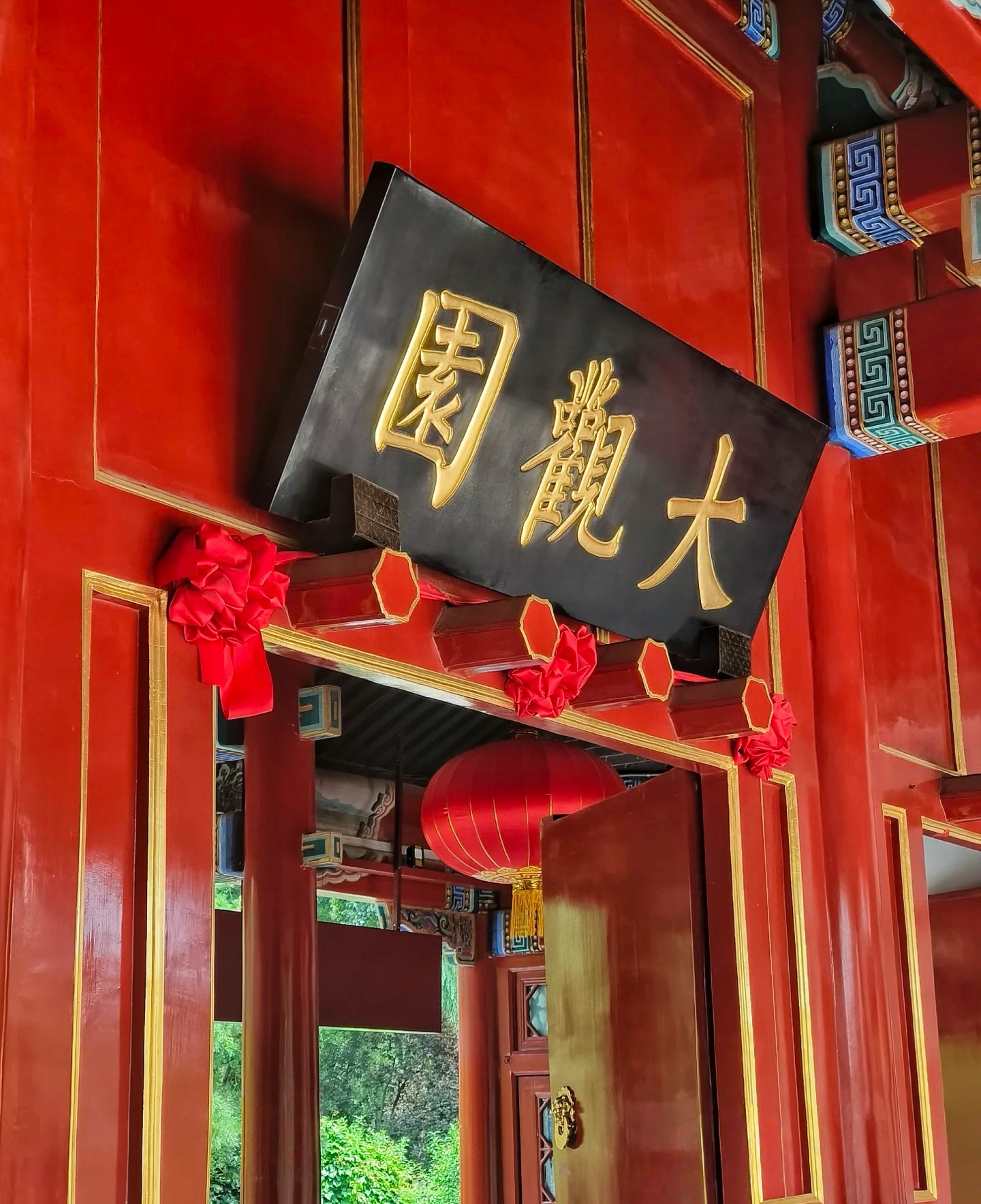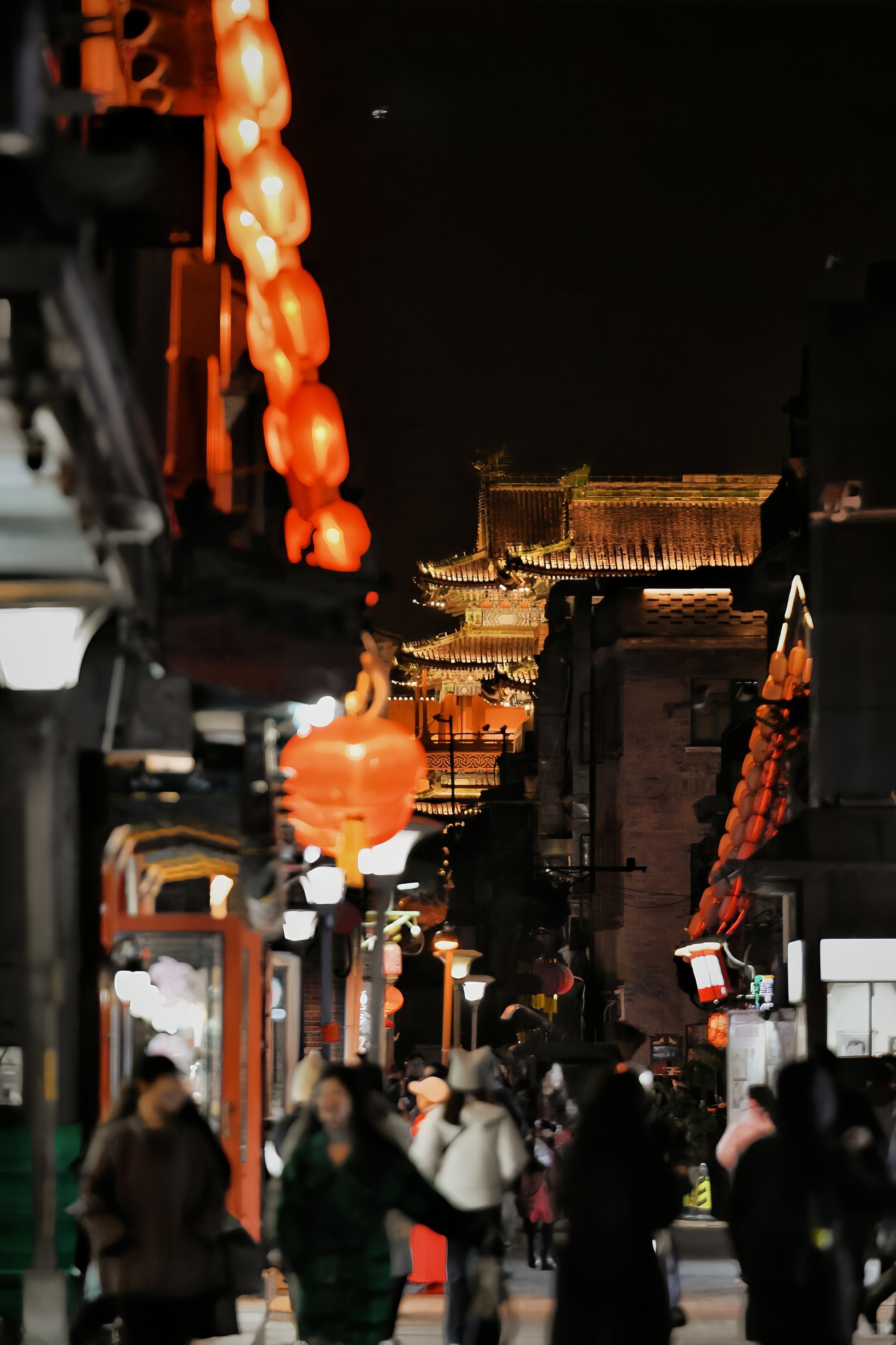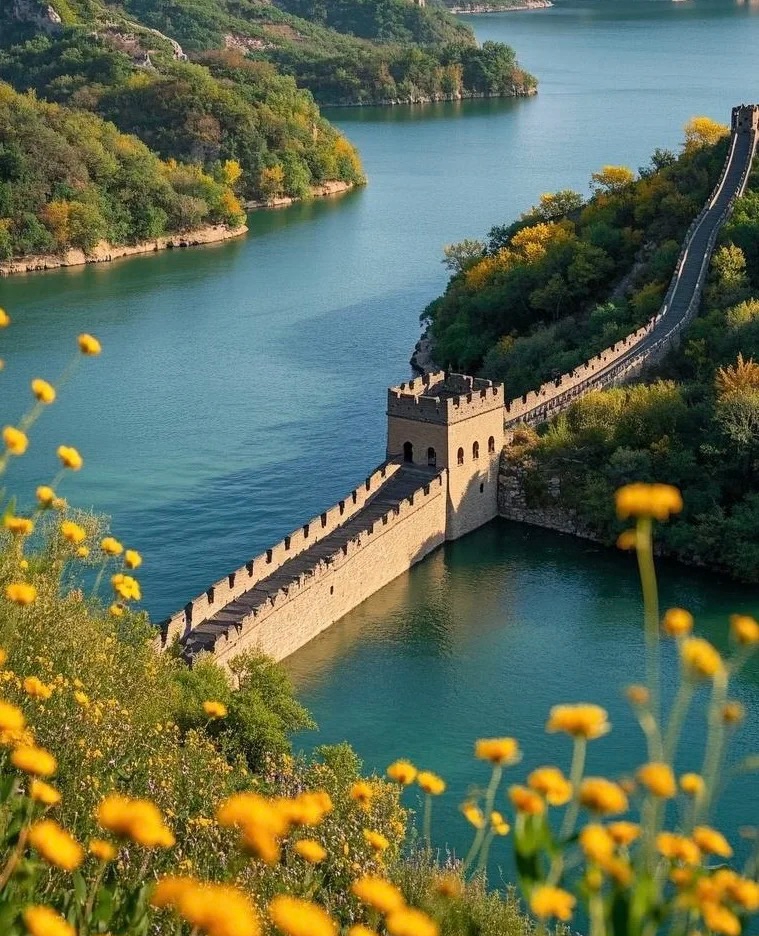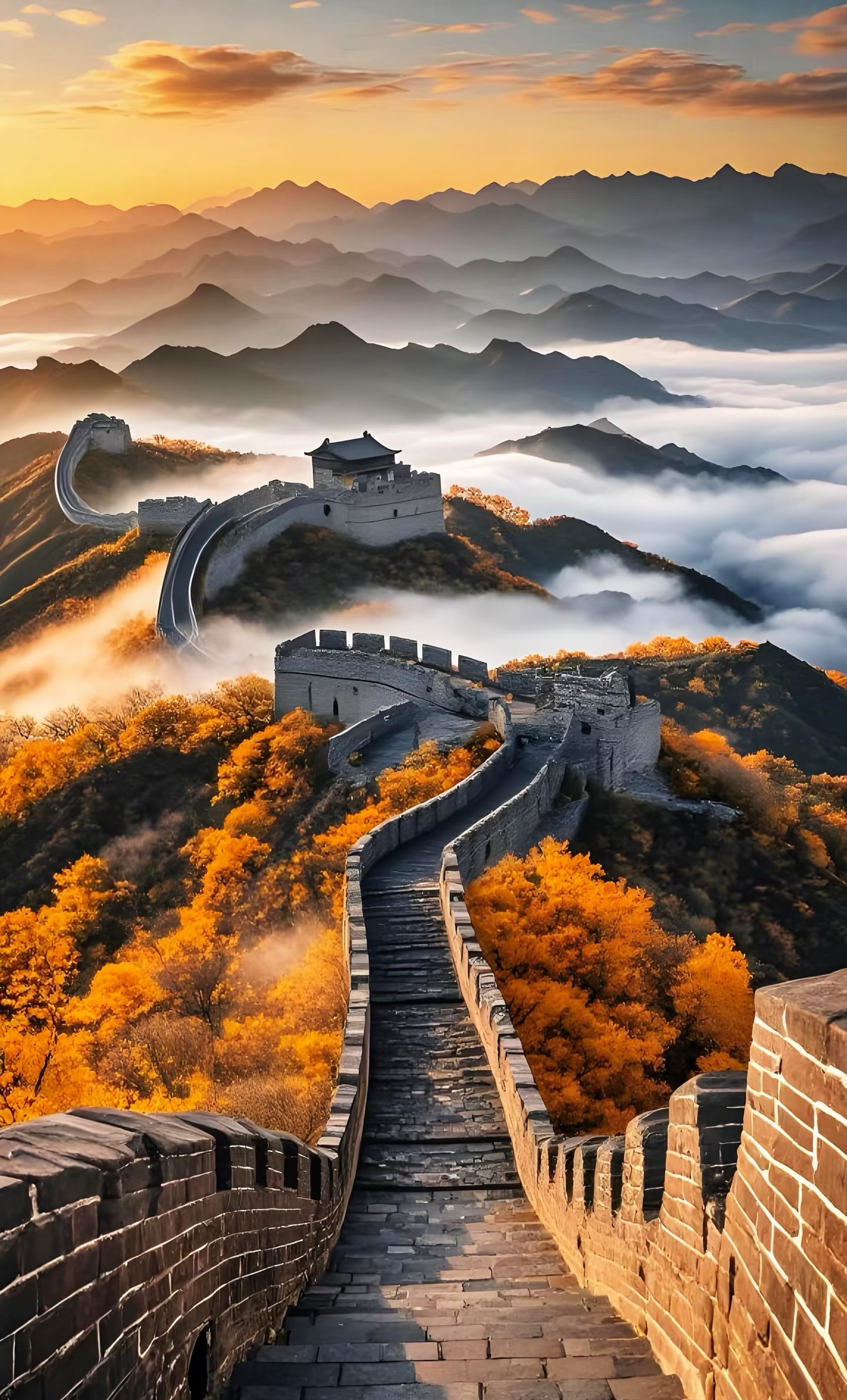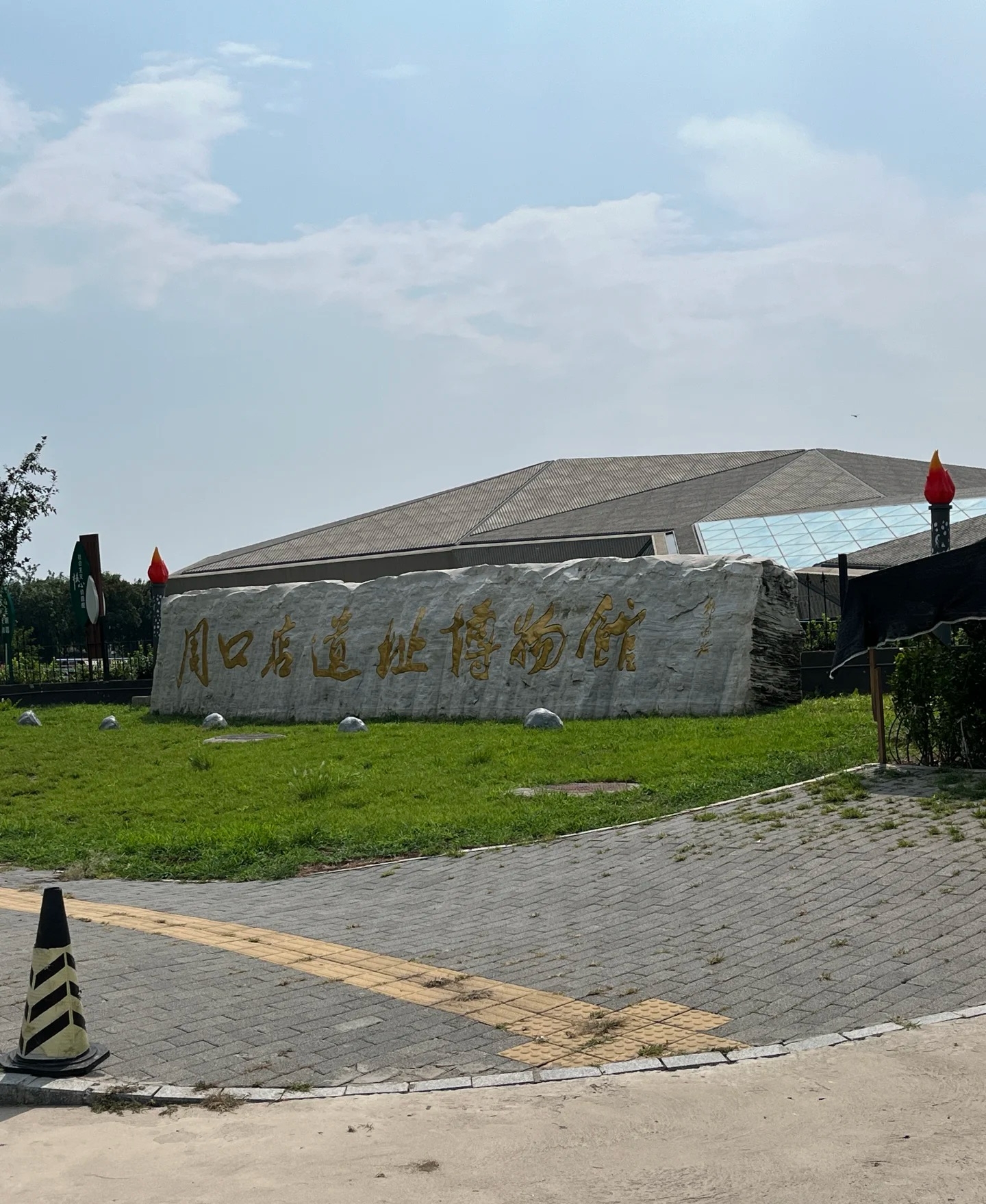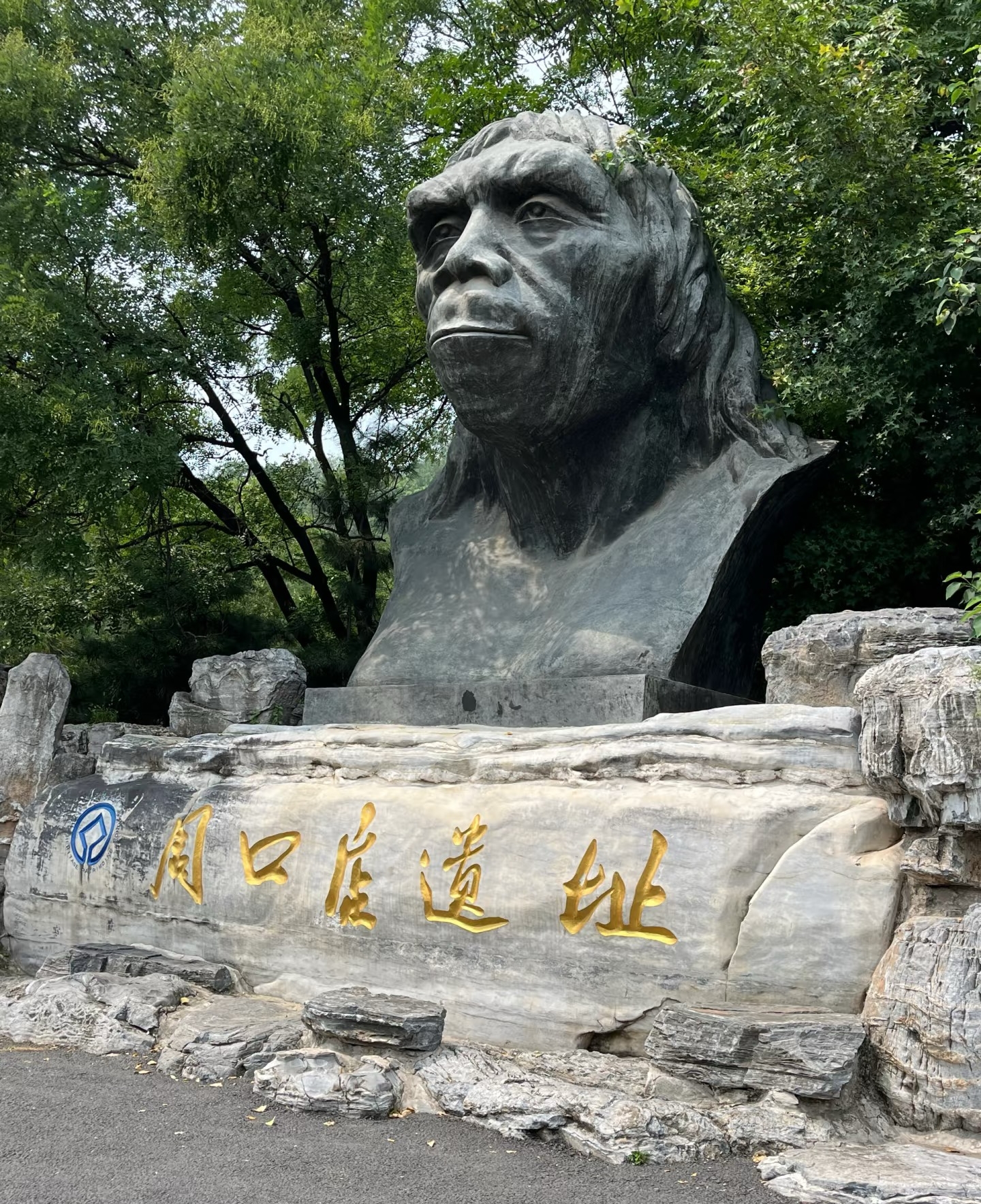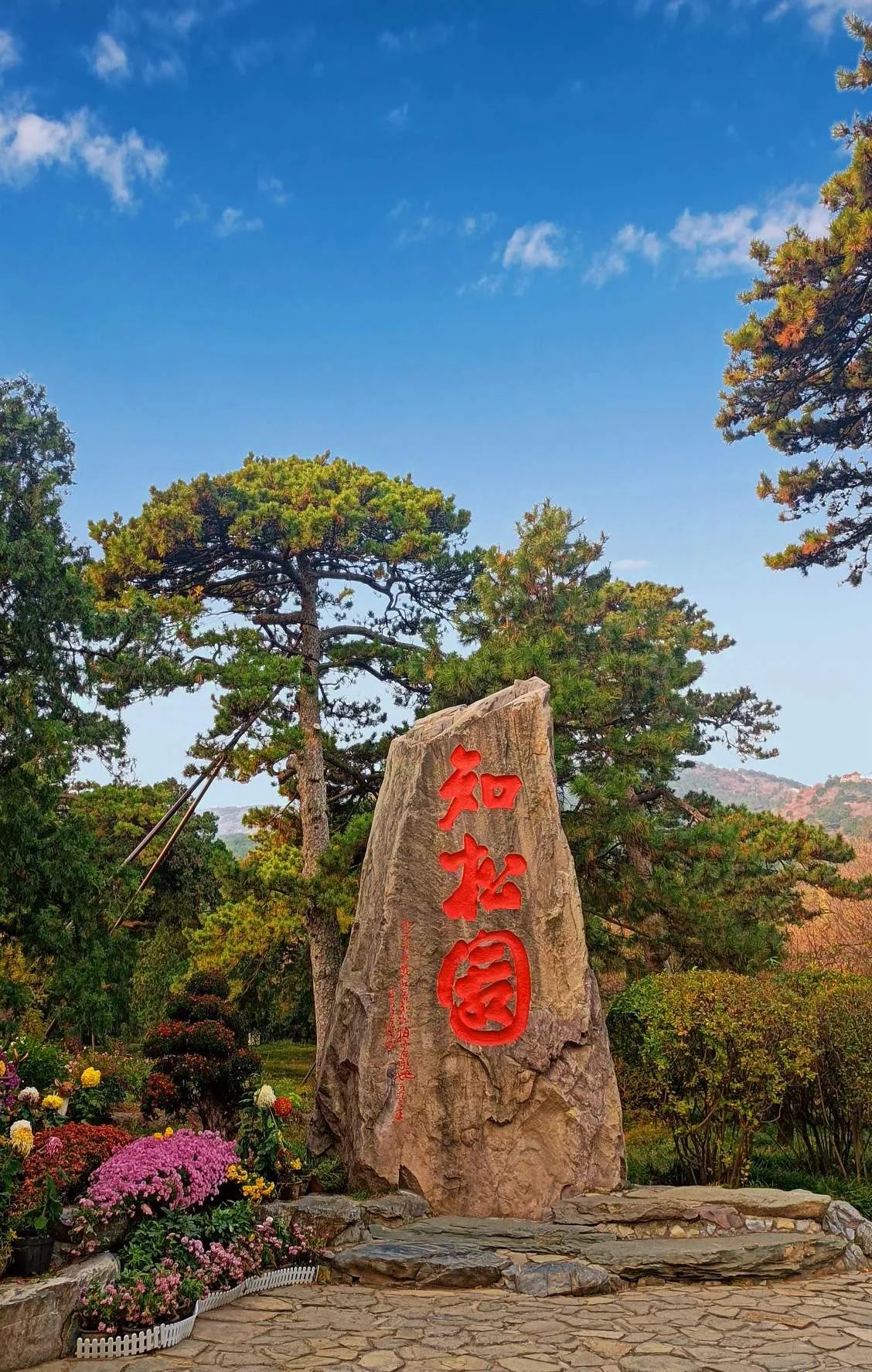

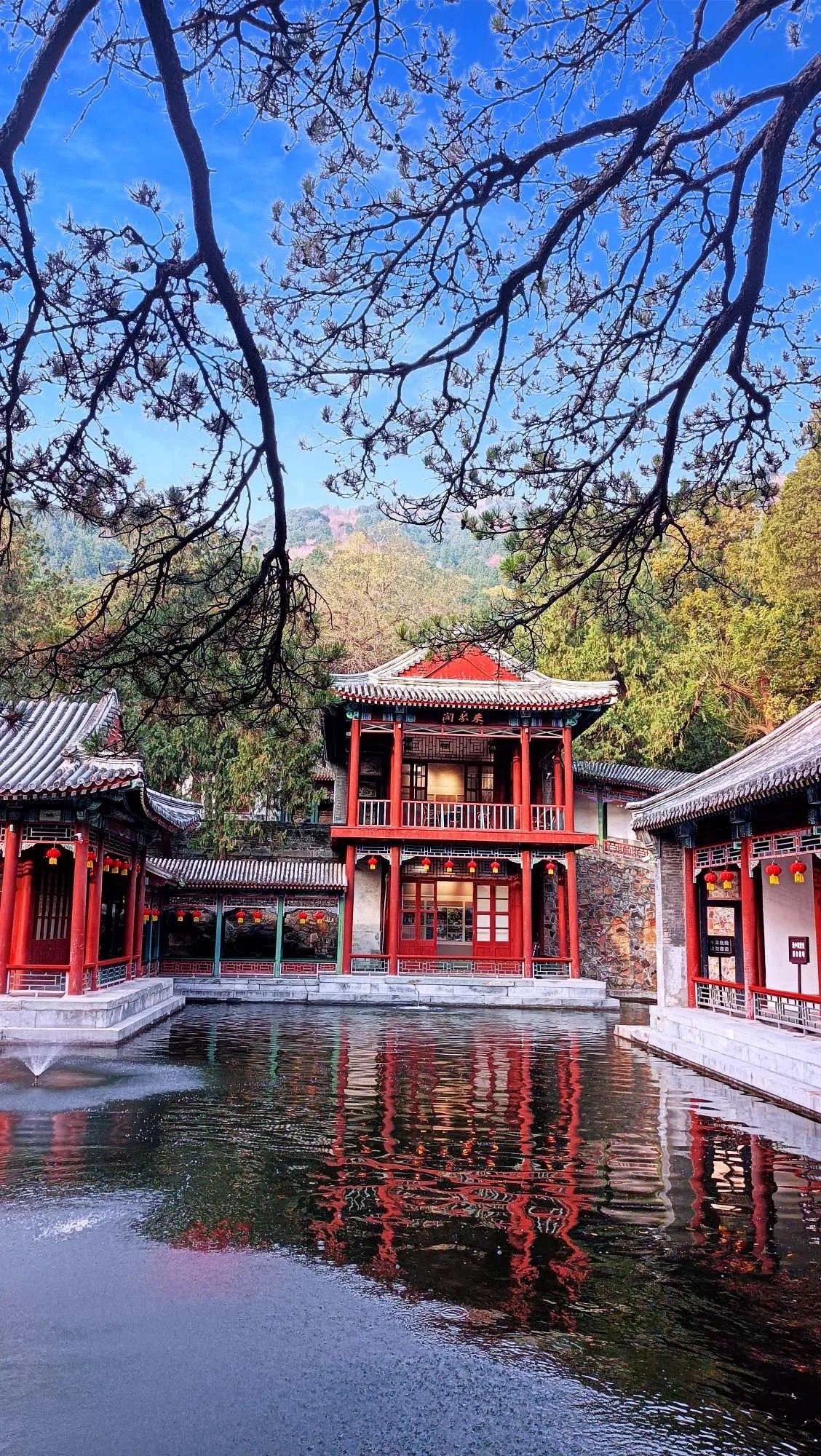
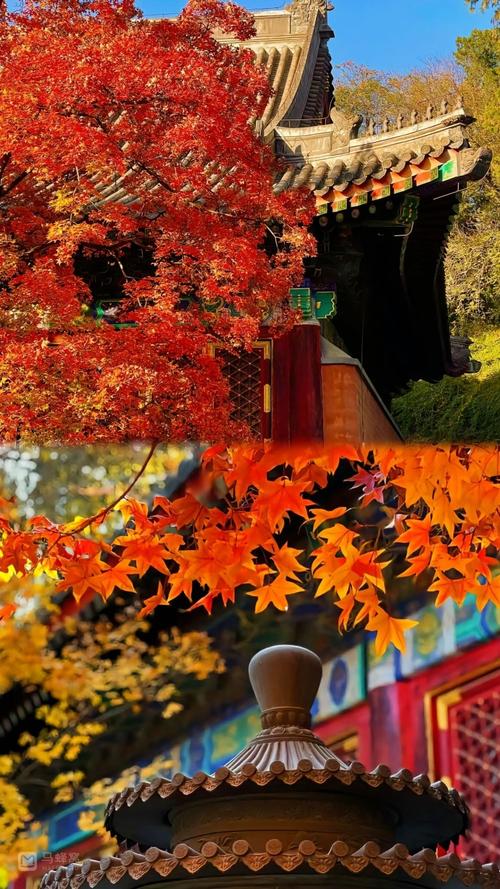
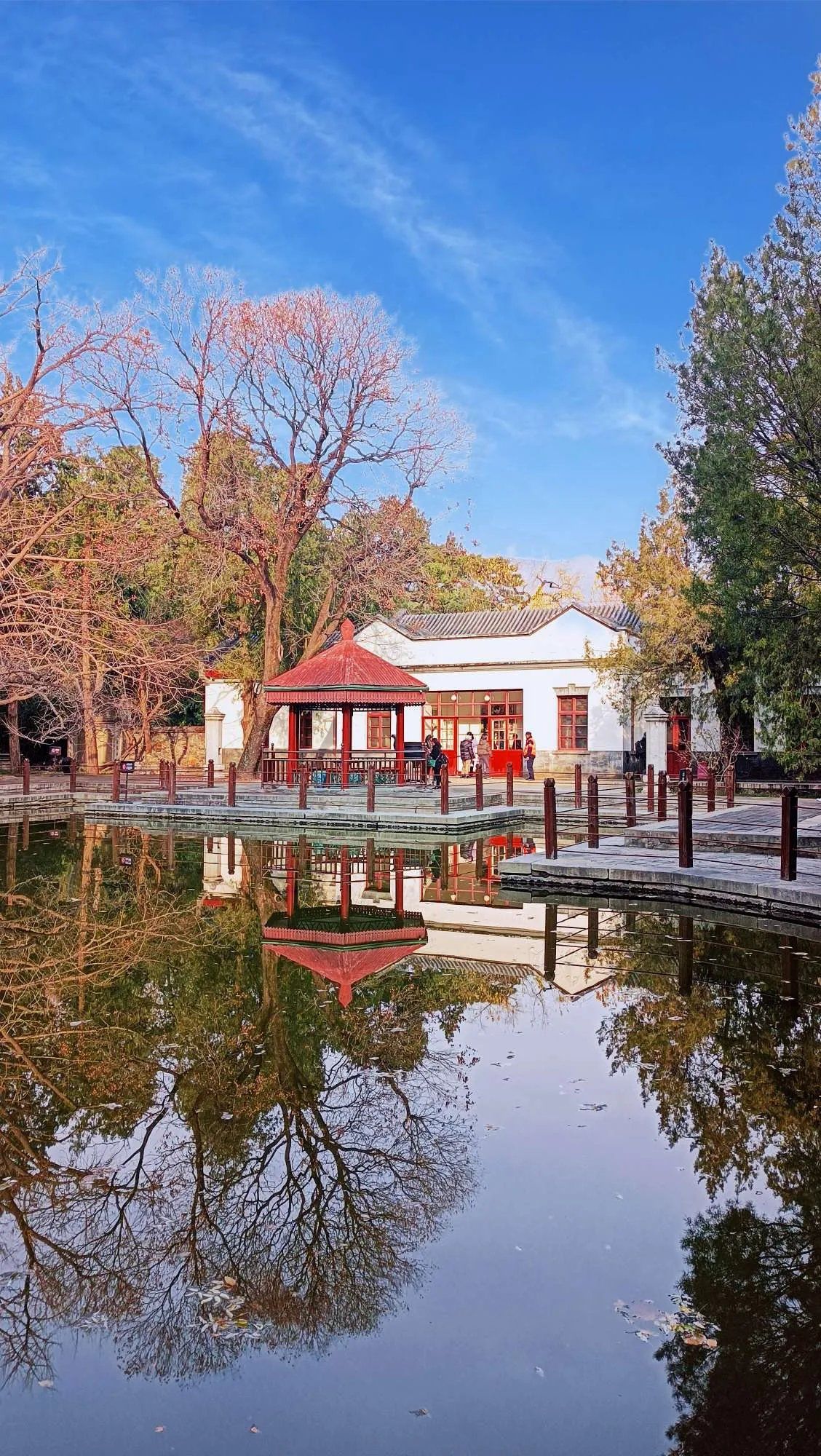
Fragrant Hills Park
Xiangshan Park is a famous royal garden in Beijing, known for its beautiful natural scenery and rich cultural heritage.
Information
Ticket price
Time
Location
40 Maimai St, Haidian District, Beijing, China
View maps
More about the trip
Fragrant Hills Park: Beijing's Autumn Spectacle
Fragrant Hills Park (Xiangshan Park) is a beautiful imperial garden located in the Western Hills of Beijing, about 10 kilometers northwest of the city center. Renowned for its stunning natural scenery, especially its vibrant autumn foliage, the park also boasts a rich history with ancient temples, pagodas, and pavilions.
What to See and Do
Autumn Foliage: The park is most famous for its spectacular red leaves in autumn (typically late October to early November). The hillsides are covered with smoke trees (Cotinus coggygria) that turn brilliant shades of red, orange, and yellow, attracting thousands of visitors.
Biyun Temple (Temple of Azure Clouds): This large and historically significant temple complex features a magnificent Arhat Hall with 500 lifelike statues and the Sun Yat-sen Memorial Hall, which once housed the coffin of Dr. Sun Yat-sen.
Incense Burner Peak (Xianglu Feng): The highest point in the park, offering panoramic views of Beijing and the surrounding mountains. You can hike up or take a cable car for a more relaxed ascent.
Jianxin Pavilion: A beautiful pavilion located by a tranquil lake, offering a peaceful spot for relaxation and photography.
Spectacle Lake: A picturesque lake with a charming stone bridge, perfect for a leisurely stroll.
Best Time to Visit
Late autumn (late October to early November) is the peak season for viewing the red leaves, but it can be very crowded. Spring (April to May) is also pleasant with blooming flowers and fewer crowds. Weekdays are recommended for a more peaceful experience.
How to Get There
Take Metro Line 10 to Bagou Station, then transfer to Xijiao Line (Western Suburban Line) to Xiangshan Station, which is right at the park entrance. Alternatively, several bus routes (e.g., 331, 563, 696, 698) go directly to Fragrant Hills Park.
Travel Tips
Arrive early: Especially during autumn, the park can get extremely busy. Arriving early helps avoid the largest crowds.
Wear comfortable shoes: There are many walking paths and stairs, especially if you plan to hike to the peak.
Consider the cable car: If you're short on time or prefer not to hike, the cable car offers a convenient way to reach the summit and enjoy the views.

